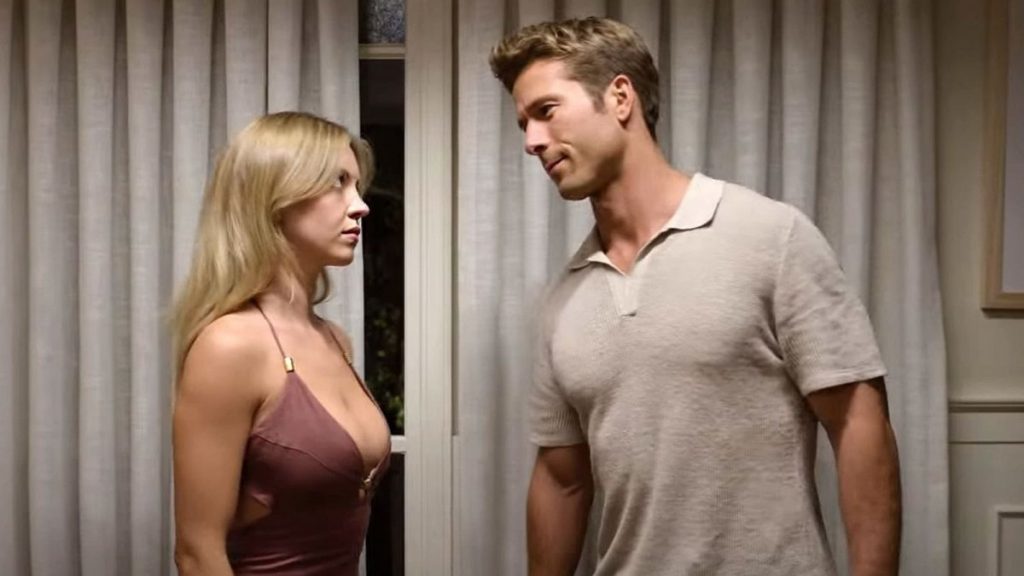Nothing makes a reader’s mind wander faster than a boring scene which makes them lose interest in your screenplay and scroll or flip through your pages without actively reading or engaging with them. Here are some creative ways to identify and even rectify that:
1) Character Stereotypes
The characters are a carbon copy of what audiences have seen many times before to the point where they feel they don’t need to watch the entire movie to find out how it plays out.
If your character is a one-dimensional stereotype like a beef head football jock or a ditzy cheer leader, give them at least one unusual or contradictory trait that will grab your reader’s attention. This may not always be easy because audiences expect these types of characters to behave in a certain way and will be jarred if they do something that wildly deviates from established norms.
A good tool is to give your characters two common traits to establish their baseline, and one different one in their character triad. Take note of how different that third trait is – it doesn’t need to be outlandish, just a few degrees away from what we expect.
A cheer leader will always wave her pompoms. But what if she was also planning the biggest heist in history… with the jock?
2) Over-used Dialogue
Most court scenes begin with the presiding judge proclaiming, “All rise” and the first sentence a traffic cop utters after they’ve pulled you over is, “License and registration, please.” Much of this dialogue is unavoidable and you can’t realistically replace it with much else. A judge will never (or almost never) say, “Wassup courthouse? How y’all doin’?”

Judge Judy. Photo courtesy of CBS Media Ventures
You can modulate the tone of dialogue, delete sections of it, or add an uncomfortable facial expression, gesture, or pause in their speech to change the timbre of the scene. Now your scene becomes a matter of what is said (or not), but how it’s said when body language comes into play.
3) Lack Of Character Connection
The emotional bond between two or more characters allows them and the audience to invest in their on-screen relationships.
Many scenes are boring because the characters are interacting without any meaningful bond. How many times have you asked, “Why are these characters even talking to each other, let alone the subject matter?”
Such interactions lack a relevant point of view or goal that propels the narrative. Think about how each character feels about the situation in scene and how that changes. Even a yelling scene without any emotional peaks and valleys becomes boring because the characters (and audience) detach. Sure, there is tension and conflict in such scenes, but consider the impact of a steely gaze and zero dialogue where one character waits for the other to make the next move.
4) Lack Of Material Stakes
A good way to examine this concept is to look at what each character has to win or lose in a situation and how that may influence the story outcome. Do they have any control over the situation? Do they act or react?
Stakes must be ratcheted up a notch or two as the story progresses so that the characters are increasingly worthy of achieving their goals. Success must be earned and really matter to the characters.
Consider our proverbial football jock who must score a touchdown to secure a college football scholarship, as opposed to a hobby footballer getting some cardio exercise. Stakes are a matter of what causes each character to worry and the effects of that worry if the goal isn’t achieved. It could be external such as a financial loss, or personal such as feeling humiliated by disappointing his family of pro footballers who have attended the said college for generations.
Make the cheerleader lose her pompoms just as she’s about to enter the field. Are there spares, can they use something else, or will they forfeit their place on the squad? After all, they can hardly go out there without any pompoms hoping nobody will notice.
You can also add sudden changes to time or situations such as mixing up dates and the big game is coming up much closer than they thought or there’s a wedding (maybe theirs?) on the same day. These complications can be big or small. But they must be significant.
5) Too Much Information
Don’t deprive your audience of their desire to actively participate in the story trajectory. They love following the breadcrumbs and piecing together the story beats to find out if the story concludes in the way they anticipated. You can leave out a vital piece of character information such as a disability or criminal record that may affect the outcome. You might take away an essential tool such as an electronic key or security pass to access a restricted area.
There must be a balance to this. If you leave out too much information, your audience will lose interest.
On the flip side, there may be so much going on and your audience becomes bored with the chaos. Similarly, you don’t need to write extended scenes of routine tasks which don’t impact the story. We all know how to take a shower and brush our teeth.
6) Lack Of Subtext
What is happening in a scene on the surface of a scene should only partially reveal what is going on underneath. A character saying and doing everything they are thinking and feeling may not make for the most effective scene delivery. It is not a therapy session. Adding subtext allows the audience to examine a character’s behaviour and motivations more deeply and add excitement and intrigue in a scene.
A useful way to look at subtext is to ask what a character is actually saying compared to what they mean. It could simply be a matter of tone. There a many ways a character can say, “Fine” when asked how they’re doing.
7) Lack Of Surprise
Genre films, typically have a pre-ordained ending – the villains are captured by the heroes, the sparring couple finally get together, or not if it’s a tragedy. Audiences expect a certain ending or they’ll rebel.

Bea (Sydney Sweeney) and Ben (Glen Powell) in Anyone But You. Image courtesy of Netflix
Every romantic comedy results in two (or more) characters eventually coming together. But audiences live for the unexpected moments during the journey. Consider the “meet cute” moment which forms the foundation of most romcoms. A couple meets at a farmer’s market, at work, through a mutual friend, or at somebody else’s wedding. What if they met at a seance or a funeral? Or a divorce party? Consider innovative ways to subvert and innovate the tropes of your story.
Are secrets kept or revealed? Are lies being told or discovered? Is there a new suspect or unexpected foil that changes the story dynamic? Is the identity of a stranger revealed? Does a big choice have to be made and your character can’t decide? These add weight to your story.
8) Lack Of Story Spine
Have you ever watched a film or TV show and wondered how a scene relates to the central story spine? Is there a story spine? This is often a consequence of the writer either not fully knowing their story, or there isn’t enough story to fill a time slot. It’s thin and padded out with the same plot point told in different ways.
Cobbling together a bunch of scenes over two hours doesn’t make a good film, Each scene must be a natural precursor and progenitor; a cog in the machine.
